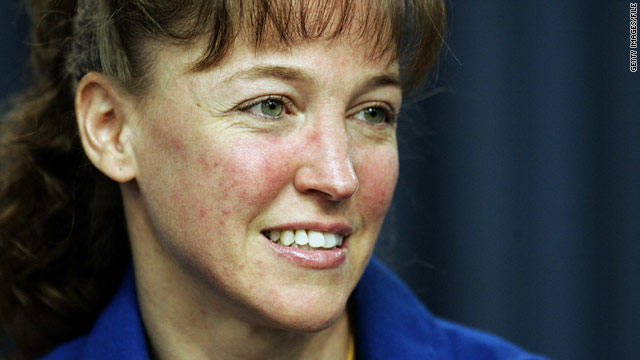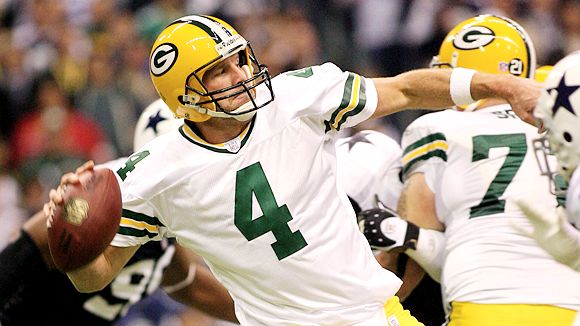From the beginning, the team around Kya Simpson-Freeman faced a daunting task: Stomp out a deadly tumor without crushing the spirit of a 4-year-old girl.
Just 650 cases of neuroblastoma are diagnosed nationwide each year, and Rush University Medical Center
in Chicago sees only about three of them.
But clinicians can't recall ever having a patient hospitalized for as long as Kya.
Since January, the staff at Rush, from doctors to housekeepers, has been dedicated to keeping the rhythms of a little girl's life ordinary amid extraordinary circumstances. Games of Candyland and Connect 4 have become as important to the treatment plan as ultrasounds and IVs.
"I worry about what impact all of this will have … how it will affect her childhood," says Debra Simpson, Kya's mother. "We've all been changed by this experience."
It started about a year ago with a simple stomachache that turned out to be the most deadly form of childhood
cancer. Dr. Paul Kent called the tumor on Kya's adrenal gland, which spread to her liver, lungs, kidneys and
bones, one of the most aggressive he had ever seen.
Surgery, radiation and chemotherapy didn't work. So the Rush team threw a "Hail Mary" pass. They decided to blast Kya with levels of chemotherapy so intense that she would need to live in the hospital's pediatric unit for much of the next six months.
So for up to three weeks every month, Kya and her mother lived at Rush. Over that time, everyone would pull together. Not just Simpson — a single mom with a full-time job — but a host of unsung heroes who never set foot in an operating room.
Each time mother and daughter return to Rush, the drill is the same. Check into the hospital and submit to an assault of chemo drugs. For Kya, that's followed by nausea, loss of appetite, exhaustion, a round of anti-nausea drugs and then, hopefully, signs of rising
blood counts.
The first day of each cycle follows a predictable pattern. Simpson pushes Kya into the clinic by wheelchair, where Kent, an
oncologist who favors Elmo ties, examines his still-sleepy patient.
Next, the infusion room, where Kya is hooked up to an IV. She is already feeling nauseous, but a video of "101 Dalmatians" and an orange soda help ease the transition.
After an hour, Kya is moved up to the fifth floor, where the staff always tries to have the same room prepared, right down to her favorite pillowcase. A party-size bag of Doritos is strategically placed on the bed.
As soon as the doors open, she is greeted like a returning hero. "Welcome back, Miss Kya." "Where'd you get those snazzy new shoes, Miss Kya?"
The patient manages a weak smile.
Simpson, 44, hugs her daughter before heading to the University of Illinois at Chicago, where she is director of the Urban Allied Health Academy. Her office is less than a mile away from Rush, but Kya lingers over the goodbye. Nurse Gina Balzano diverts the girl's attention with a game of tag in the hallway.
Back in December, Kent had laid out the pros and cons of treating Kya as an outpatient vs. living at Rush. Simpson heard the dangers of a wiped-out
immune system — including a fever or blood pressure
that could spike at a moment's notice — and quickly signed on to the live-in arrangement.
That decision led to many long days. Twelve hours after she leaves Kya at the clinic, Simpson finishes work and is back at the hospital, wearily pushing a wheelchair, this time piled with her own clothes and bags for the next two to three-week stay.
Kya's face lights up when her mother walks into the room. Mom gets an update from the nurse on the day while hanging up her wardrobe in the room's gray metal locker. It's the same model she used a decade ago in the Army.
Before each hospital stint,Simpson checks items off her to-do list, ranging from cleaning out the refrigerator to packing the right number of pantyhose.
"No one has a lot of extra time, but the outpouring of support has been something else," she says.
At night, Kya and her mom eat dinner together off trays in the room. Sometimes they order tacos from a neighborhood hangout. They watch TV, followed by a bedtime story and prayers. Finally, Simpson climbs into the hospital bed, curling her body to her daughter's.
On days when Kya is feeling well, life in the pediatrics unit seems a lot like an all-inclusive resort: Wake up and watch cartoons, especially "Dora the Explorer" or "Caillou." Have breakfast in bed, including unlimited bacon. Go next door to the playroom, stocked with puzzles, books and movies. Do some fun activity, like baking cookies.
But then someone in a white coat shows for another test. During one of her treatments, Kya needs a
bone scan, which requires lying very still. The technician has difficulty getting Kya's cooperation and no one wants to use sedation.
When Kya doesn't want to be poked or prodded, she just stares straight at the TV.
Busy doctors rarely have time to help kids understand an overwhelming event like cancer. So it falls to child life specialists like Kim George to make it a little less traumatic. For Kya, George has focused on easing the fear and anxiety surrounding illness and hospitalization.
On one of her visits, George greets the little girl with a smile and creates a diversion with an
iPad until the precise moment for an X-ray.
"The sooner you get this over with, the sooner we can finish our game," George says brightly. The rest of the scan is completed without a hitch.
Averting a crisis is all in a day's work for George, who has logged almost seven years at Rush. Her job description may include finger-painting, squirting shaving cream, booking a magician and tending to Coco, the therapy bunny.
Kya knows she has a "bad thing in her belly" but has yet to use the "C" word — cancer. But plenty of other young patients have asked "why?"
"You try to use language that is honest and age-appropriate," George says. "But sometimes the best answer we can offer is 'I don't know.'"
Other problems are simpler to solve.The staff does what it can to make Kya's bland hospital room kid-friendly. On the wall, her name is scrawled on a whiteboard, encircled by flowers. Stickers, coloring books and markers in Kya's favorite colors are in full supply. A spot is cleared for her beloved stuffed dog, a gift from Kent.
"She's an old soul," says Claudia Martin, a housekeeper. Before she finishes cleaning Kya's room, she leans over the patient, cooing that she will be back at the end of her shift with a bag of chips.
Such bribery usually elicits a smile. Today, no response at all.
"Kya, just talk to me," Martin pleads. "When you're sad, I'm sad."
Later, Martin explains why she loves her job, which she views as so much more than mopping floors and cleaning toilets.
"You just want to do whatever you can," she says. "I will spoil these kids rotten if it means lifting their spirits."
The middle of the lengthy chemo treatment is always the most brutal, and for several days in April Kya is throwing up. Limp as a rag doll, she shows no interest in TV, toys, visitors.
Then, on Day 14 of this cycle, her blood cell and platelet counts inch upward. The storm has passed. Kent suggests an outing to the hospital pharmacy for a much-needed change of scenery.
As nurse Jen Grey wheels her down the aisles, Kya grabs three cans of ravioli, four sticks of beef jerky, raspberry lemonade gum, a Lunchable, a kidney-buster bottle of root beer and every possible chip in the O food group: Cheetos, Doritos and Fritos.
"Kya, you're going to have a heart attack by the time you are 10," Grey says in mock horror.
Grey doesn't hesitate when the cashier rings up the $30 tab. The staff takes turns paying for these outings out of their own pockets. "We're just so happy to see her … getting to be a kid," Grey says.
Then, as she completes the transaction, something catches Grey's attention. She leans over and asks a question of her charge that probably can't be found in any
nursing school textbook.
"How about some pork rinds?"
Kya is scheduled to leave Rush later this week. If all goes well, the next step will be a stem cell transplant at Children's Memorial Hospital in August.
Saying goodbye to a longtime patient unleashes emotions that are layered and complex, staff members said.
"I've cried with Kya; I've had deep conversations with her mom," says Balzano. "On one hand, you feel sad because you get so attached. … On the other hand, we're so happy that they're able to move on."
brubin@tribune.com
Copyright © 2011, Chicago Tribune





















